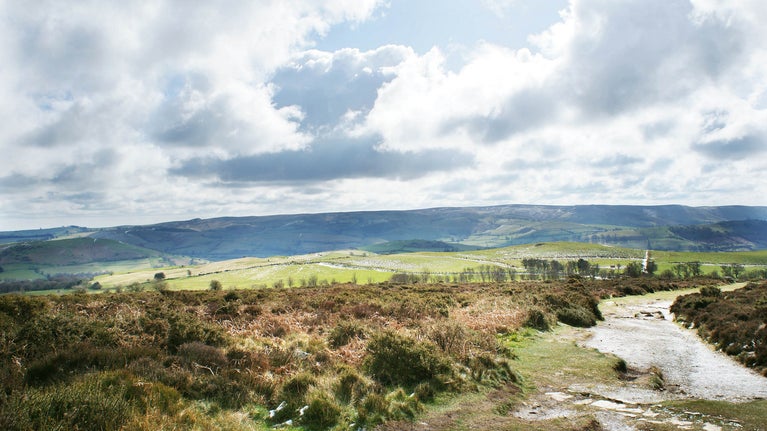
Stepping Stones
Stepping Stones is a nature conservation programme covering over 200km² in the Shropshire Hills. It is creating more, bigger and better spaces for wildlife, and linking them with wildlife ‘corridors’. This means working with farmers, landowners, community groups and volunteers to create and connect heathland, flower-rich grassland, woodland and wetland. The project is led by the National Trust but involves a number of partners, including The Wildlife Trusts, Natural England and Shropshire Hills National Landscape.

